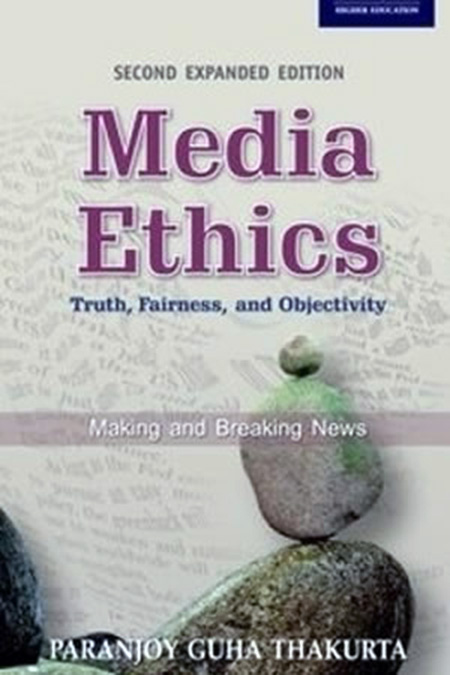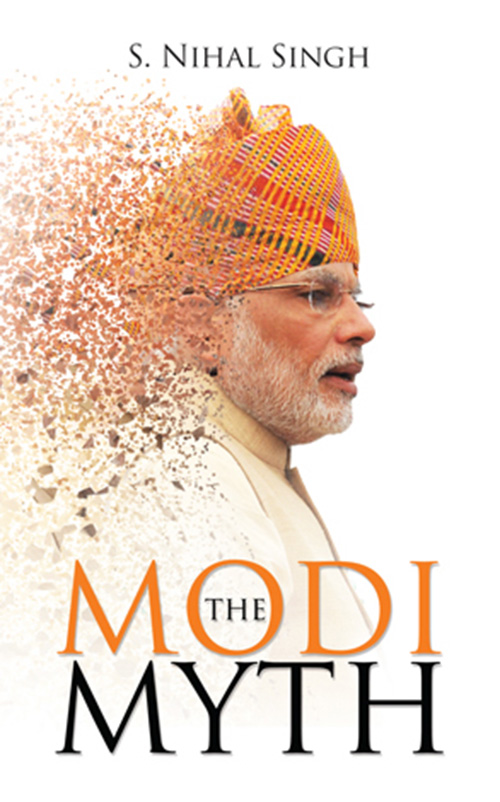This columnist has to start by saying sorry. One failed to read the chai leaves, the writing on the wall. Many of us who pretend to understand the complex polity of this country knew even before the elections began that the Bharatiya Janata Party under Narendra Modi would gain handsomely and that the Congress would lose a lot of ground.
But some of us — this writer included — failed to anticipate the sheer scale of the saffron tsunami and the depths to which India’s one-time “grand old party” would descend.
If some of us who will now be even more stridently debunked as woolly-headed Left liberals were in a state of denial about the rise of Right-wing forces in the country, I plead guilty at the outset. But at the risk of sounding like a party-pooper, a number of questions must be raised. It is important to raise these questions not merely because it is relevant for the future of many of those who voted for Mr Modi, that is, 31 per cent of the 66 per cent of the 840 million-plus electorate. The answers to the questions raised are equally relevant for those who did not vote for Mr Modi or his party’s pre-poll coalition partners in the National Democratic Alliance coalition — such people comprise 62.5 per cent or a little under two-thirds of the electorate, including over 100 million young individuals who became eligible to vote for the first time in this election.
Here are the questions. Can Mr Modi revive India’s economy and if so, how expeditiously? Can his government bring down food inflation? Will the economic policies that are going to be implemented by his government create many new jobs for the youth? His unprecedented victory has surely raised expectations to an extremely high level. But will these expectations prove impossible to fulfil? If that is indeed what could happen, what then can the incoming Prime Minister of India do to ensure that his popularity does not wane, if not dissipate as quickly as Rajiv Gandhi’s popularity did in less than five years after he became the country’s youngest-ever Prime Minister in 1984?
There is another parallel between 1984 and 2014. The virtual absence of a political Opposition in Parliament is not necessarily the best guarantor of continuing success. It certainly wasn’t for Rahul Gandhi’s father. When expectations are raised unrealistically, the disappointment could lead to Mr Modi’s popularity plummeting precipitously.
Mr Modi may think “minimum government, maximum governance” is the medicine to most of the maladies afflicting the country. But the cure could prove worse than the disease if these are applied using a mechanical Right-wing methodology, which is espoused by many of his supporters and sympathisers, including the representatives of India Inc. who funded his campaign rather generously.
The views of Arun Jaitley and Arun Shourie are well-known. They were ministers in the NDA governments headed by Atal Behari Vajpayee and are expected to influence the economic policies of Mr Modi’s government. The policy prescriptions they espouse are not very different from those advocated by two New York-based economists, Jagdish Bhagwati and Arvind Panagariya, who are Mr Modi’s ardent cheerleaders and who are also expected to play important roles. If Right-wing policies and programmes end up by widening inequalities of income and wealth in a country that is already sharply polarised between the rich and the poor, and has become more unequal in recent years on account of unchecked food inflation, Mr Modi will surely not become more popular.
The same chaiwala — who has reposed his faith in the dream sold by Mr Modi — may then be more that just disappointed. He may become extremely angry as many are today with the insensitive attitude of the two Congress-led United Progressive Alliance governments led by Manmohan Singh. Our notions of what is Left and what is Right could be debatable, but as academic Zoya Hasan points out, for many in the Right (read, the BJP) the Congress and the UPA were Left of centre, while for those on the Left (the Communists) the Congress was firmly situated on the Right.
What may work in Gujarat may not be easily replicated in other parts of this extremely diverse country — for instance, the way land is acquired to set up a factory.
It must not also be forgotten that when it comes to economic policies, the Sangh Parivar did not always present a unified view in the past. Certain leaders of the Swadeshi Jagran Manch and the Bharatiya Mazdoor Sangh, both affiliated to the Rashtriya Swayamsevak Sangh, made life pretty miserable for Yashwant Sinha when he was appointed finance minister in 1998 — although he was the choice of the RSS over Jaswant Singh who was Mr Vajpayee’s preferred candidate for the post.
Now that the BJP has been able to extend its footprint across the India like never before, barring states like Punjab, West Bengal, Orissa, Tamil Nadu and Kerala and a part of the Northeast, the question is whether Mr Modi and his followers will seek to push through their Hindutva ideology in a heterogeneous multi-cultural India. If attempts are made to push through a majoritarian agenda which implicitly assumes that the minority viewpoint can be ignored, if not trampled upon, the BJP and the RSS will further alienate the Muslims — note that the BJP does not boast of even a single Muslim MP. Good governance is all very fine, but political and social inclusion has to be accompanied by economic inclusion.
Yes, we would all like the Indian economy to grow and grow rapidly. But will jobs be created in the process? And will these jobs be created in all parts of India, including for the people of Uttar Pradesh and Bihar who have voted in favour of you, Mr Modi? This, together with controlling food inflation, will be your biggest challenges. Are you up to it?


